Keep these items on hand for minor scrapes, burn, sprains and more
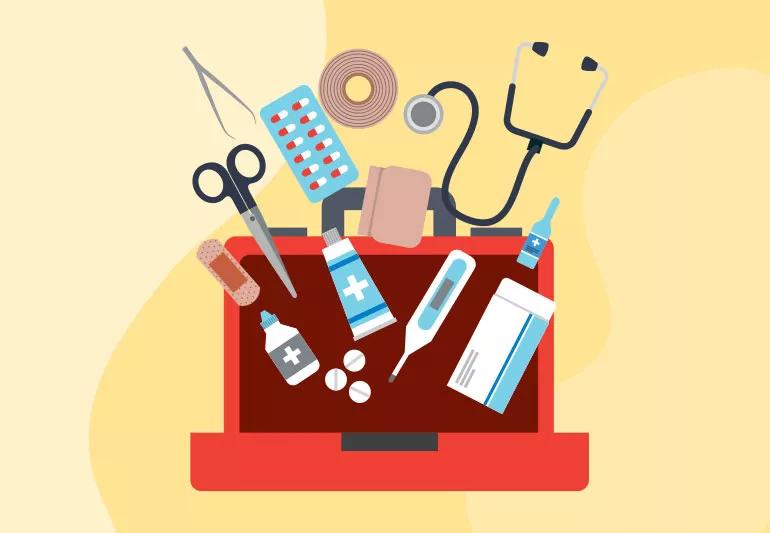
We all like to think we’re invincible, but accidents happen. Are you ready for them when they do?
Advertisement
Cleveland Clinic is a non-profit academic medical center. Advertising on our site helps support our mission. We do not endorse non-Cleveland Clinic products or services. Policy
Having a fully stocked first-aid kit is the key to being prepared for at-home injuries, so it’s important that yours is properly stocked and tailored to your family’s unique needs.
“Just a small amount of prep work on your part can lead to much better outcomes when accidents do happen,” says emergency physician Thomas Waters, MD.
He walks you through creating a home first-aid kit to have at the ready — just in case.
“We never think something bad is going to happen to us,” Dr. Waters says, “but when we least expect it, it does. Having a complete first-aid kit means that when it does happen — when you’re stressed and in a panic — you’ll find everything you need in one location.”
First-aid kits are your first line of treatment and care following a home injury. That includes:
Store your first-aid kit someplace easily accessible in a spot that makes sense to your family — much like you would with a fire extinguisher.
“You want to be able to pull it out and have everything you need at your fingertips rather than scrambling around,” Dr. Waters says.
Ask yourself: Where would you be most likely to turn in an emergency? Once you’ve picked a spot, be sure to let the whole family know where they can find it.
Advertisement
“A good general first-aid kit has things in it — including medications — for any type of situation that might arise,” Dr. Waters says.
Each kit will vary by family, but Dr. Waters shares a list of items to include, as well as circumstances to consider to determine what else you might need.
Still have tons of hand sanitizer in storage from your pandemic prep? Add some of it to your first-aid kit so you can clean your hands before tending to an injury.
“If you’re going to put on a bandage, you want to make sure your hands are clean,” Dr. Waters says.
Many at-home injuries fall under the category of general wounds (think small kitchen mishaps and sidewalk scrapes), so stock your first-aid kit with items to help you clean and dress minor injuries.
For cleaning wounds:
For treating wounds:
For dressing wounds:
Stock your first-aid kit with over-the-counter medications you might need in a pinch, including:
Dr. Waters suggests including a few instant ice packs, which provide cold therapy without needing to be frozen. Just squeeze them when you need them, and a little popping sound will indicate that they’re about to become cold enough to use as a compress.
Because nothing can truly replace the cold therapy of a frozen ice pack, though, you should also have a real ice pack or cold compress in your freezer.
You may wish to add other helpful household items into your first-aid kit, too. Here are a few that are handy in case of emergencies:
Every family is different — which means every first-aid kit will be a little bit different, too. Yours should be custom-made with your family in mind, taking into consideration the following factors:
Advertisement
If someone in your household has a known medical issue that could result in emergencies, keep appropriate supplies on hand.
If, for example, your child has an anaphylactic allergy, keep a spare EpiPen® in your first-aid kit — with “spare” being the key word. “You don’t want your only one buried in there,” Dr. Waters says.
Ask yourself: Who lives in your home, and who’s likely to visit? Think about the people your first-aid kit will serve, then cater to their possible needs.
If you have young children, stock up on supplies for treating the bevy of cuts and scrapes that accompany youth. If your elderly mother spends a lot of time in your home, keep aspirin in your kit in case of a heart attack.
“Think about where you live and the dangers or potential injuries that may be unique to that environment, then stock your first-aid kit accordingly,” Dr. Waters advises. That might mean:
Now that you’ve created a first-aid kit, you’re all set for a while — but you’ll have to revisit it every so often to be sure everything is up-to-date.
Advertisement
“Check your first-aid kit annually to make sure it’s current and safe to use,” Dr. Waters says. “You’ll want to remove and replace anything that might be expired or old.”
Swap expired medications for new ones, inspect metal objects for rust and replace the batteries in any electronics. And don’t forget to replace items you’ve used throughout the year!
Not every accident can or should be treated at home — so don’t hesitate to head to the emergency room or urgent care if you need to.
“Listen to your gut,” Dr. Waters says, “because it’s right most of the time. If you think this is truly emergent, err on the side of caution. There’s more danger in waiting than in getting it checked out.”
Advertisement
Learn more about our editorial process.
Advertisement
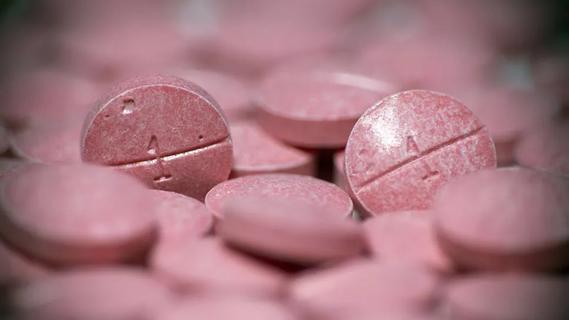
Bleeding is a risk and warrants taking care, but the reward of this lifesaving medication is great
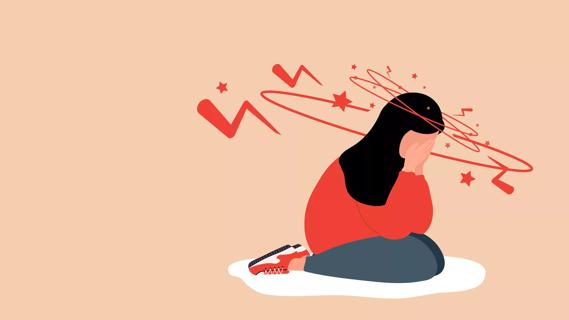
Severe and debilitating headaches can affect the quality of your child’s life
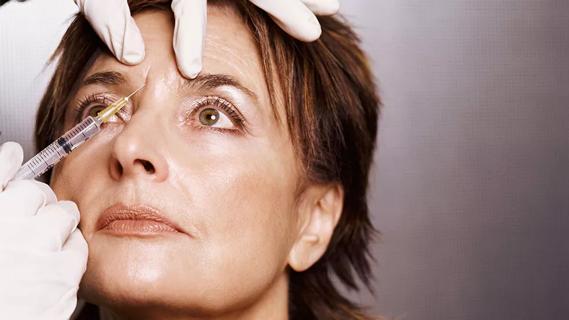
With repeat injections over time, you may be able to slow the development of new wrinkles
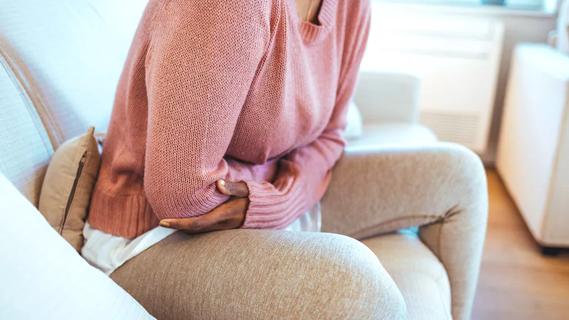
Although it can be alarming, it’s normal to experience blood clots during menstruation
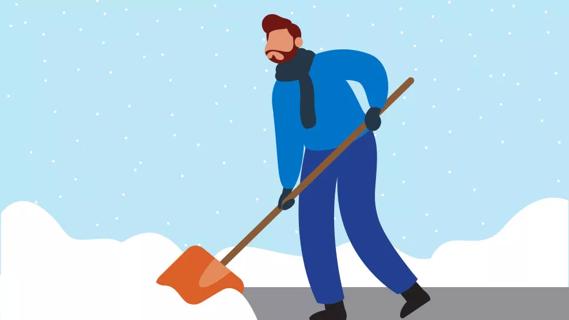
Stretch before heading outside, keep proper form and avoid jerking or twisting to throw snow

Type 2 diabetes isn’t inevitable with these dietary changes

Applying a hot or cold compress can help with pain